This broad avenue that runs from the Plaza de la Carbonera, almost in the Barcelona’s dock, to Plaza de España (about 2.5 km long), was officially opened as a urban road on the October the 8th in 1894 and its layout coincides with an Earth parallel, the 41°22’34 “, from which takes its name since 1979. Avenida Paralelo arises, as the Gran Vía and Diagonal, from Eixample project designed by Ildefonso Cerdà and becomes, at present, on a hub that separates the Poble Sec neighborhood of Raval and Sant Antoni. From the late nineteenth century and to the early 1939, when the Spanish Civil War ended and they closed all theaters of Barcelona, and after its subsequent resurgence, this important city hub became the cultural epicenter for varietés and plays. The music halls, taverns, bars, theaters and cabarets filled, during the golden years, the avenue, turning it into a emblemathic area full of peculiar characters that still survive in the collective memory.
Despite being commonly compared to Montmartre in Paris or New York’s Broadway, Avenida Paralelo was popular for its singular artistic expressions, for its plays and shows’ contents and for the formats that from the very beginning they performed there, made by the audience and the artists. The music-halls’ “glamour” gave way to a political, social and unionist genuine expression, especially in the first half of the twentieth century. Its proximity to the old Barrio Chino (now the Raval), also known as “the prostitutes neighborhood”, makes Avenida Paralelo becomes also a clear example of the sex perception transformation and the breaking of traditional morality. For further information about the beginnings of Avenida Paralelo you can currently visit the exhibition “El Paral·lel, 1894-1939” until February 2013, where they show this area rise at the Centre for Contemporary Culture of Barcelona (CCCB, Montalegre Street, 5).












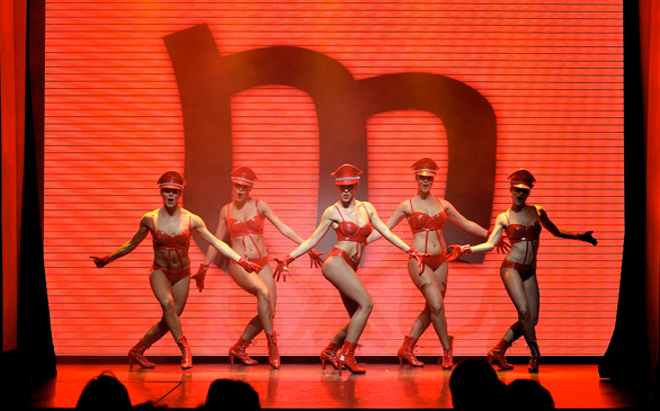
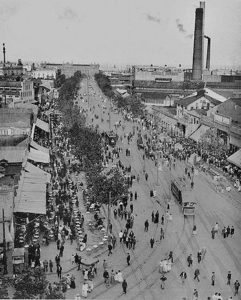


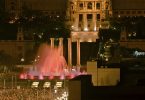

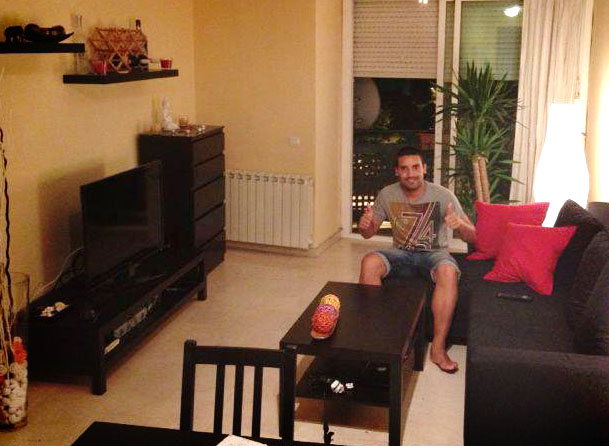
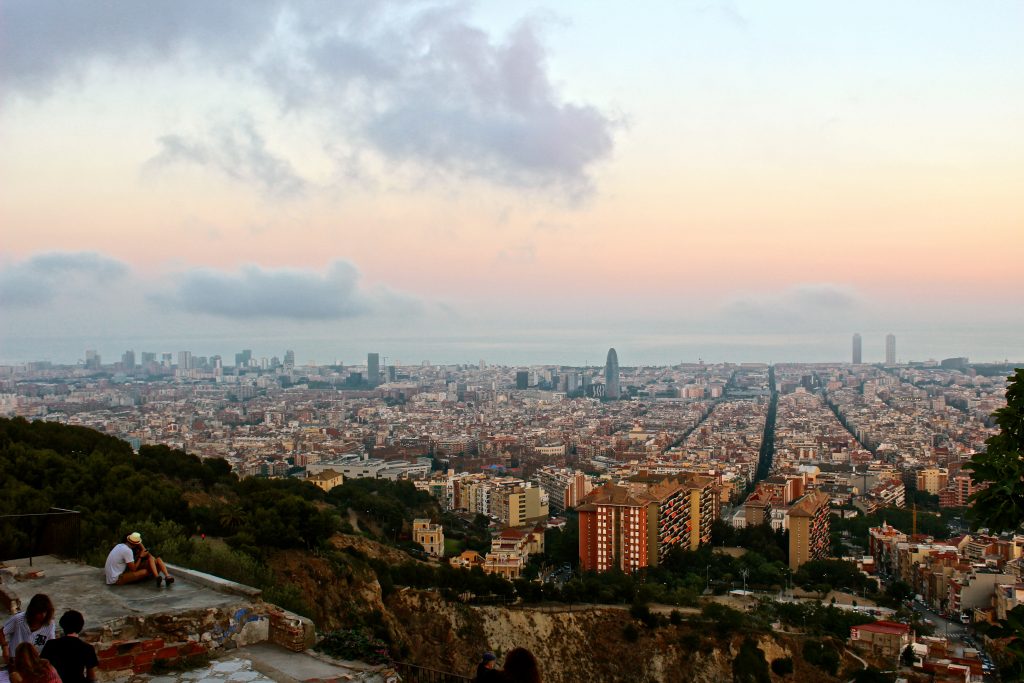
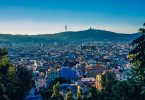
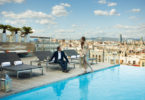
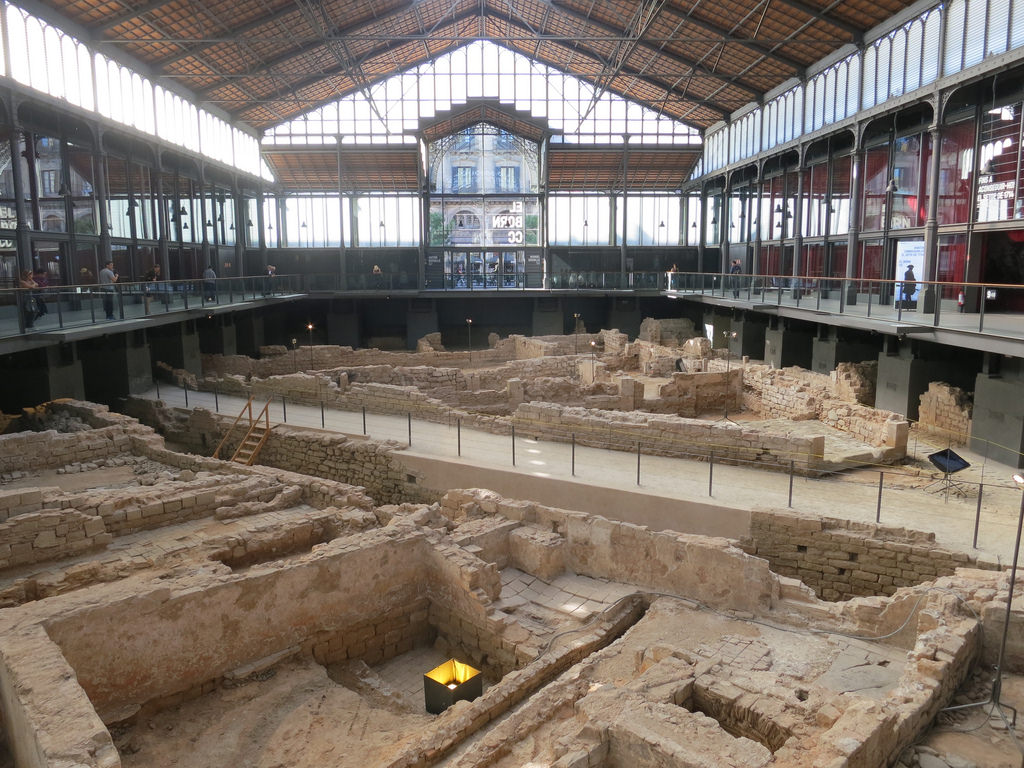
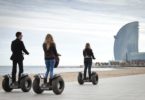

[…] Verwandter Artikel: Avenida Paralelo, das Epizentrum des Varietétheaters […]